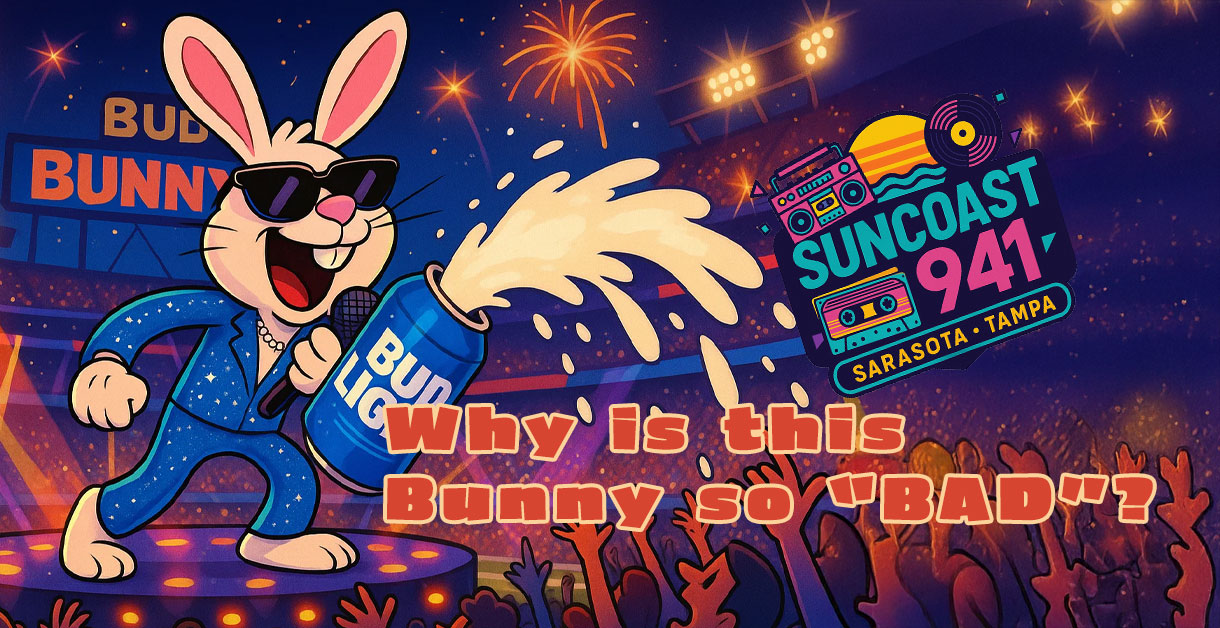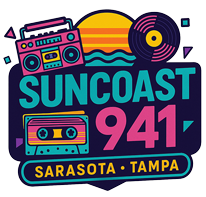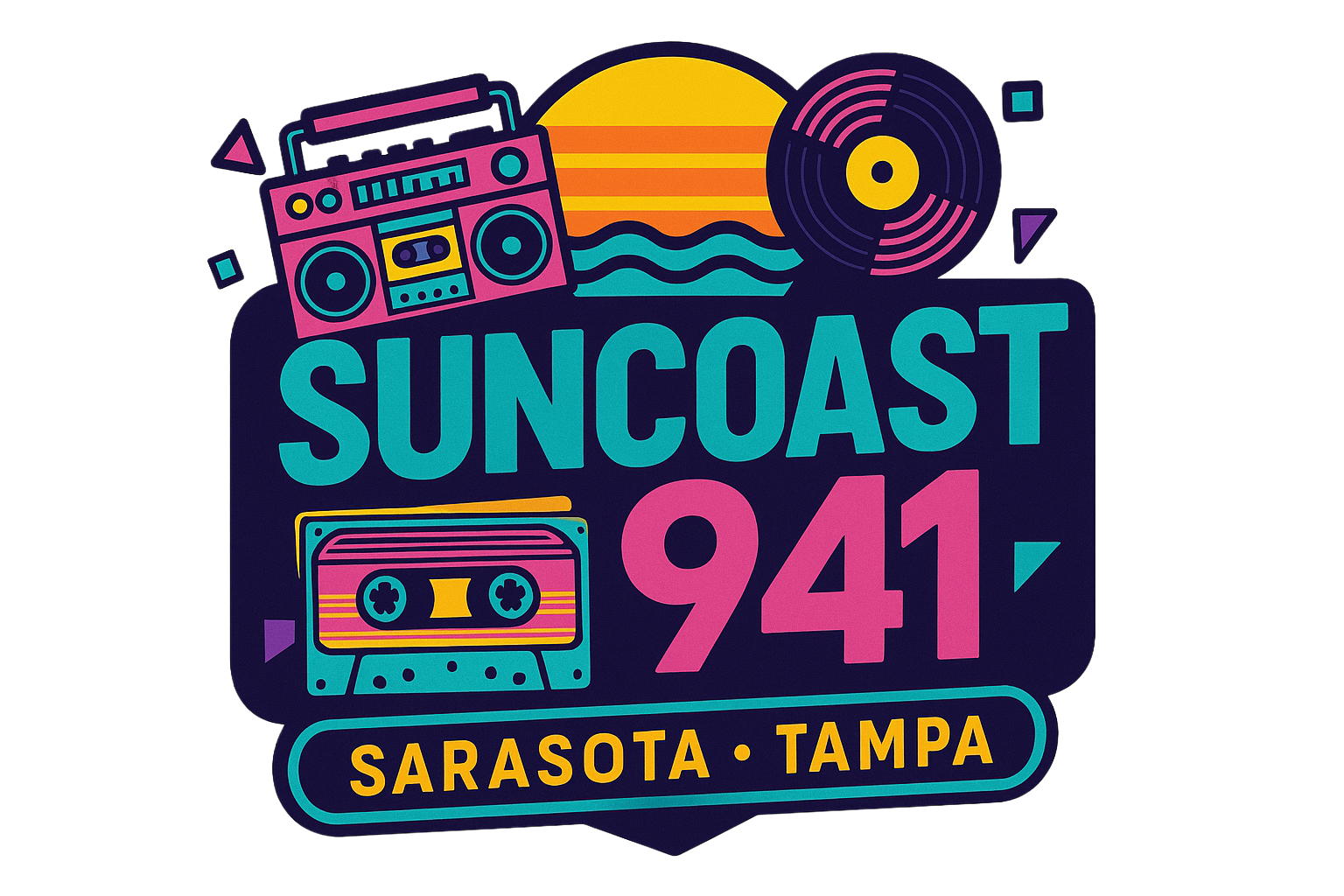
Bad Bunny and the Super Bowl Halftime Show: Why the Controversy Exists
I’ll be honest. I don’t know much about Bad Bunny, and I suspect most NFL fans don’t either. His potential Super Bowl halftime show has sparked debate about language, audience, and what “mainstream” even means today.

Bad Bunny
I’ll be honest. I don’t really know much about Bad Bunny, and I’m willing to bet a lot of typical NFL fans are in the same boat.
When his name came up as a possible Super Bowl halftime performer, I didn’t immediately think “bad choice.” I just didn’t fully understand why the reaction was so intense. So I looked closer. What I found was a conversation that’s about more than just one performer. It’s about language, audience, cultural familiarity, and what the Super Bowl halftime show represents.
Why the Choice Feels Different
For decades, halftime performers have been household names across the United States. Prince, Madonna, U2, Bruce Springsteen, Paul McCartney. Even if you weren’t a fan, you knew the songs. These artists united multiple generations through shared cultural familiarity.
Bad Bunny doesn’t fit that mold. He’s one of the biggest stars on the planet, but he primarily performs in Spanish and has built his career through global streaming dominance, not American radio ubiquity. Many fans, especially older NFL viewers, simply don’t know his catalog. That unfamiliarity alone makes some people uneasy, but it goes deeper than that.
Some see it as a language issue. Others question whether his musical style resonates with a traditional football audience. There’s also a sense that his artistry represents a global pop shift that not everyone has caught up to. For a portion of NFL fans, he’s not “their” mainstream. That cultural gap is fueling much of the controversy.
 Streaming vs Radio Culture
Streaming vs Radio Culture
This debate also reflects a generational divide in how music spreads. For decades, radio served as the shared cultural pipeline. You heard the same hits in the car, at work, or on television. That common exposure meant halftime performers felt universally familiar.
Streaming fractured that landscape. Algorithms build separate musical worlds for different listeners. Bad Bunny has dominated global streaming charts for years, yet many who rely on local English-language radio have barely encountered him. He can be a global superstar while remaining unknown to large portions of the American football audience. That’s new territory for a halftime headliner.
A Global Play by the NFL
The NFL and Apple are thinking globally. The Super Bowl is no longer just a domestic event; it’s one of the most watched broadcasts worldwide. Choosing Bad Bunny would be a strategic move to tap into enormous international audiences. His fanbase spans continents and speaks multiple languages. From a business standpoint, it’s an attempt to expand the show’s reach beyond the usual demographic.
Generational Divide and Nostalgia
When legacy acts like Paul McCartney or Bruce Springsteen performed, there was little controversy. The reaction was nostalgic, unified, and largely celebratory. Modern artists, especially those outside traditional American pop molds, face sharper cultural divides. Some see Bad Bunny as a fresh, global choice. Others view him as a poor fit for a stage that has historically showcased artists with universal name recognition in the U.S.
This isn’t a simple “good or bad choice” conversation. It’s about changing definitions of mainstream culture, generational expectations, and the evolving identity of the halftime show itself.
I love discovering new music, but I grew up in an era where halftime shows featured artists everyone knew. That’s why this debate is so fascinating. Bad Bunny’s fame is undeniable, yet his selection highlights how fragmented music culture has become.
I may not know his catalog, and many NFL fans probably don’t either, but his potential halftime performance represents where global pop is heading. Whether people like it or not, this could mark a turning point for the Super Bowl halftime show.

